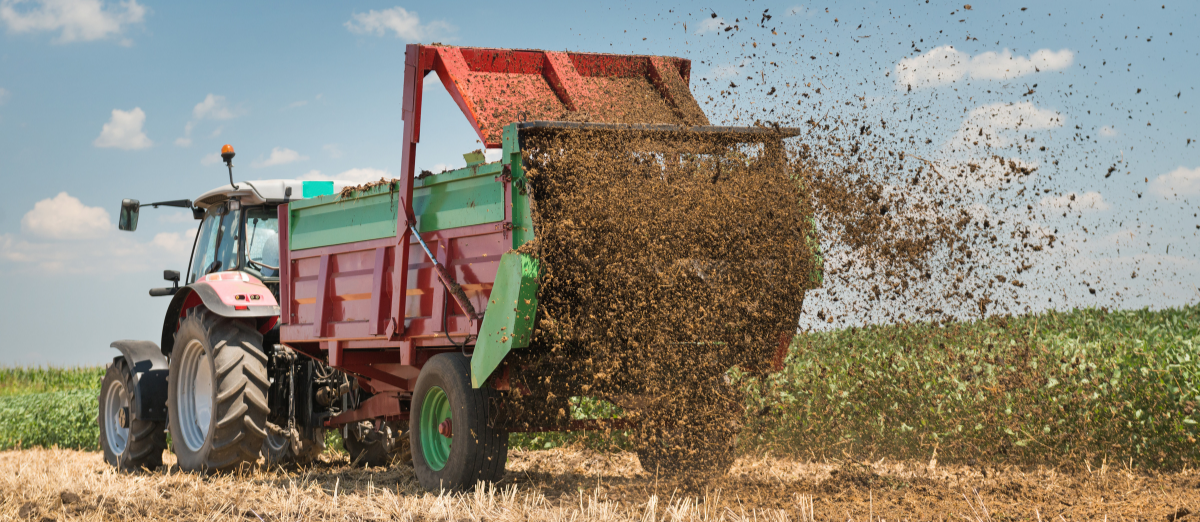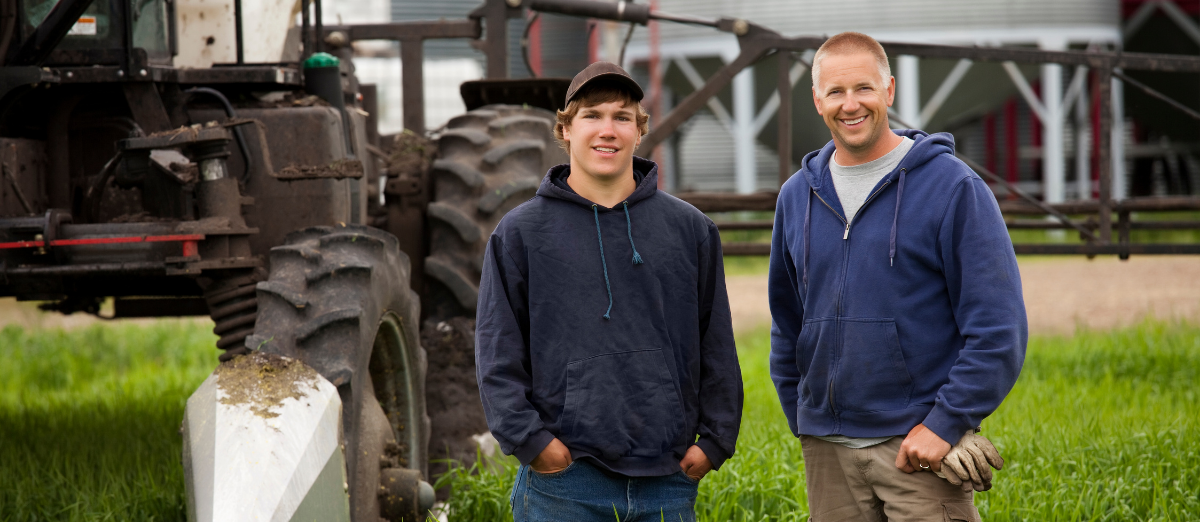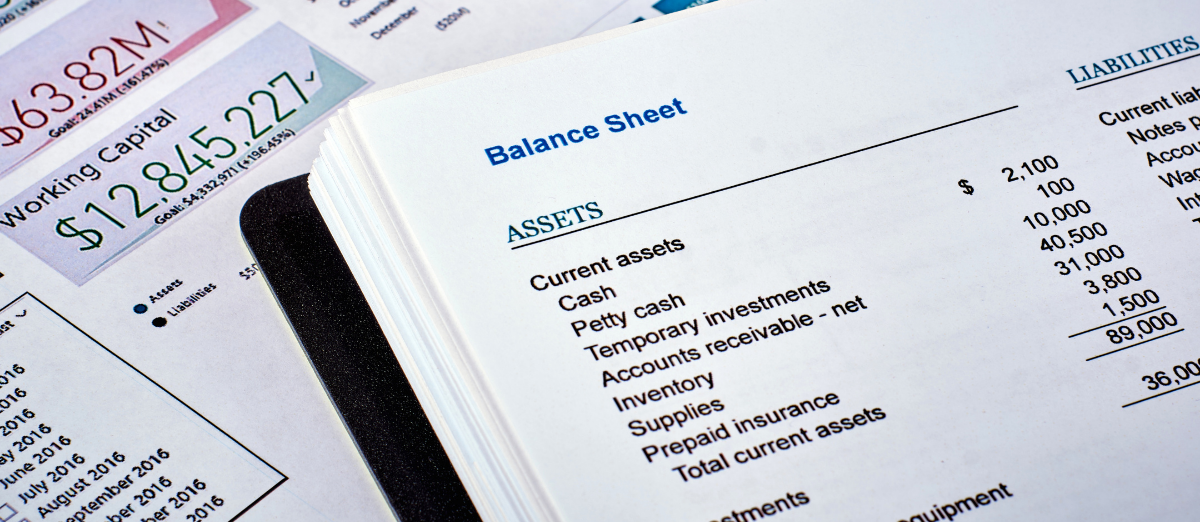The Economic Value of Applying Broiler Litter in the Fall | 2021
Author(s): Jordan Shockley
Published: November 23rd, 2021
Shareable PDF
Spring application of broiler litter is ideal for maximizing the economic value but faces challenges that include wet soil conditions, lack of time to spread litter near planting, and availability of litter in the spring. Therefore, it is a common practice in Kentucky to apply broiler litter in the fall. While not optimal from an economic, agronomic, or environmental perspective, producers still need to understand the economic value of applying broiler litter in the fall.
Litter applied in the fall to fallow cropland will suffer from ammonium volatilization and leaching resulting in little to no nitrogen available to the crop come spring. This results in an economic value less than if applied in the spring. To evaluate the economic value of broiler litter applied in the fall, first assume that soil test recommendations indicate the need for phosphorus and potassium. Also, assume that “as received” broiler litter has a nutrient content of 50 lbs of nitrogen, 56 lbs of phosphorus, and 47 lbs of potassium (average for Kentucky). Broiler litter also contains calcium, therefore also has a lime value. With current high fertilizer prices of $1,218/ton for anhydrous ($0.74/lb N), $763/ton for DAP ($0.54/lb P2O5), $722/ton for potash ($0.60/lb K2O), and $10/ton for lime (at the quarry), the expected value of broiler litter applied to fallow cropland in the fall is $55/ton. This value should cover the price paid for the litter, transport, and application to compete with commercial fertilizer when applied in the fall. The value of broiler litter increases to $66/ton if it is spread in the fall to cropland that has a cover crop planted. Both fall broiler litter prices are up significantly (+77%) compared to 2020. This is directly attributed to the steep increases in all fertilizer prices compared to this time last year. Applying broiler litter for grain crop production in 2022 is a great strategy to combat higher commercial fertilizer prices if the total cost of litter is favorable and litter is readily available in your area.
If the availability of litter in the spring is a concern, stockpiling litter purchased in the fall can be an option if local, state, and federal regulations allow. With the correct storage techniques and a properly staked litter pile, producers can expect minimum nutrient loss for spring application. If the same commercial fertilizer prices hold, the average broiler litter in Kentucky would have a value of $77/ton if properly stored and applied in the spring.
The value of broiler litter differs in the fall if applied to pastures or land for hay production. If applying broiler litter to an established stand of alfalfa with a legume mix of <25% of the stand, the average broiler litter in Kentucky at current commercial fertilizer prices has a value of $84/ton. The value of broiler litter will vary based on grass type, established stands vs. new seeding/renovation, and whether the land is used for hay, pasture, or silage.
Since the value of broiler litter is dynamic and always changing, decision tools have been developed so producers can enter soil test data, nutrient content of measured litter, commercial fertilizer prices, and management practices of broiler litter applied to determine the value. Tools for applying litter to both grain crops and land in hay/pasture/silage are available and can be found on our budgets and decision tools webpage.
Recommended Citation Format:
Shockley, J. "Economic Value of Applying Broiler Litter in the Fall | 2021." Economic and Policy Update (21):11, Department of Agricultural Economics, University of Kentucky, November 23rd, 2021.
Author(s) Contact Information:
Jordan Shockley | Associate Extension Professor | jordan.shockley@uky.edu
Recent Extension Articles
Opportunity or Obligation
November 23rd, 2021
Baby Boomers are in the process of transitioning trillions of dollars of assets to Millennials and Gen Zers. This includes farming Baby Boomers. Family discussions about passing the business to the next generation should start with, “do you want to farm?” and “do I want you to farm?”
Building a Farm Balance Sheet
November 23rd, 2021
As December 31 approaches, producers should work towards developing a quality balance sheet. Doing so is critical to measure business growth year over year, liquidity, solvency, and borrowing power. It is best to complete the balance sheet at the same time each year. For most cash-basis taxpayers, such as farmers, December 31 is a great post-harvest time for completion.




